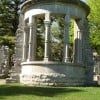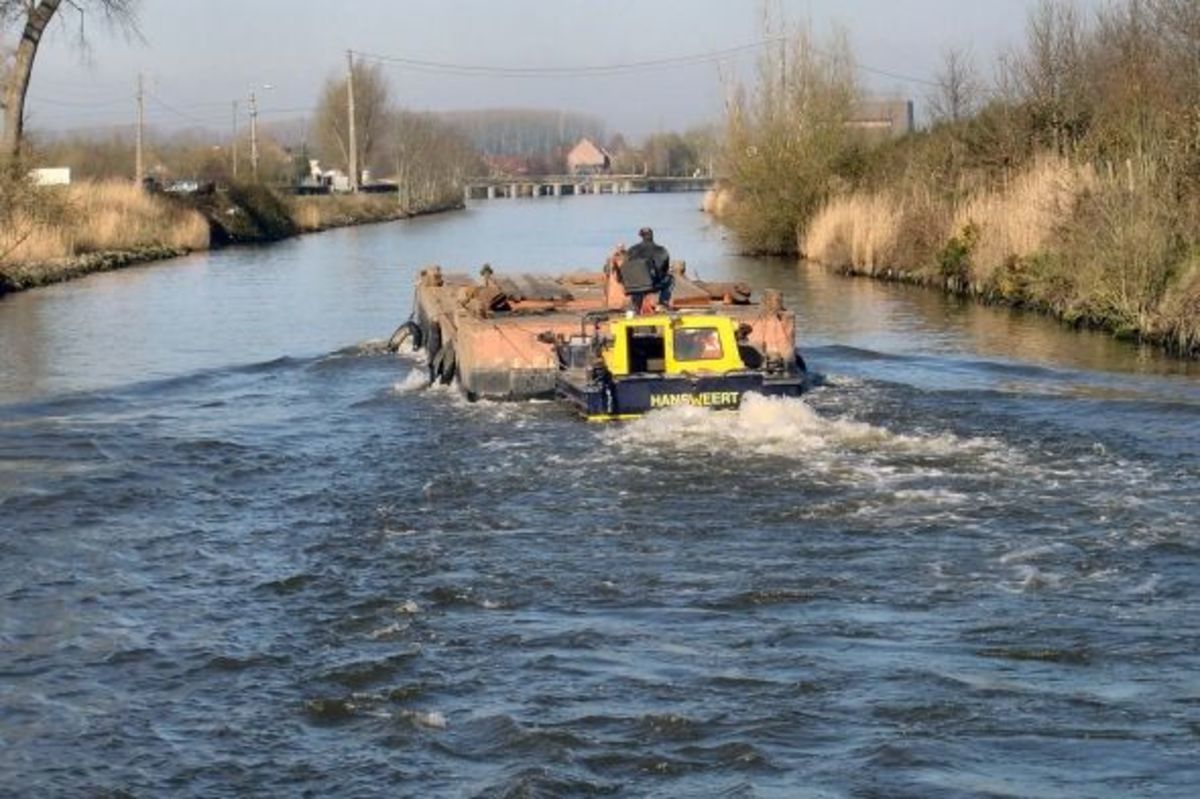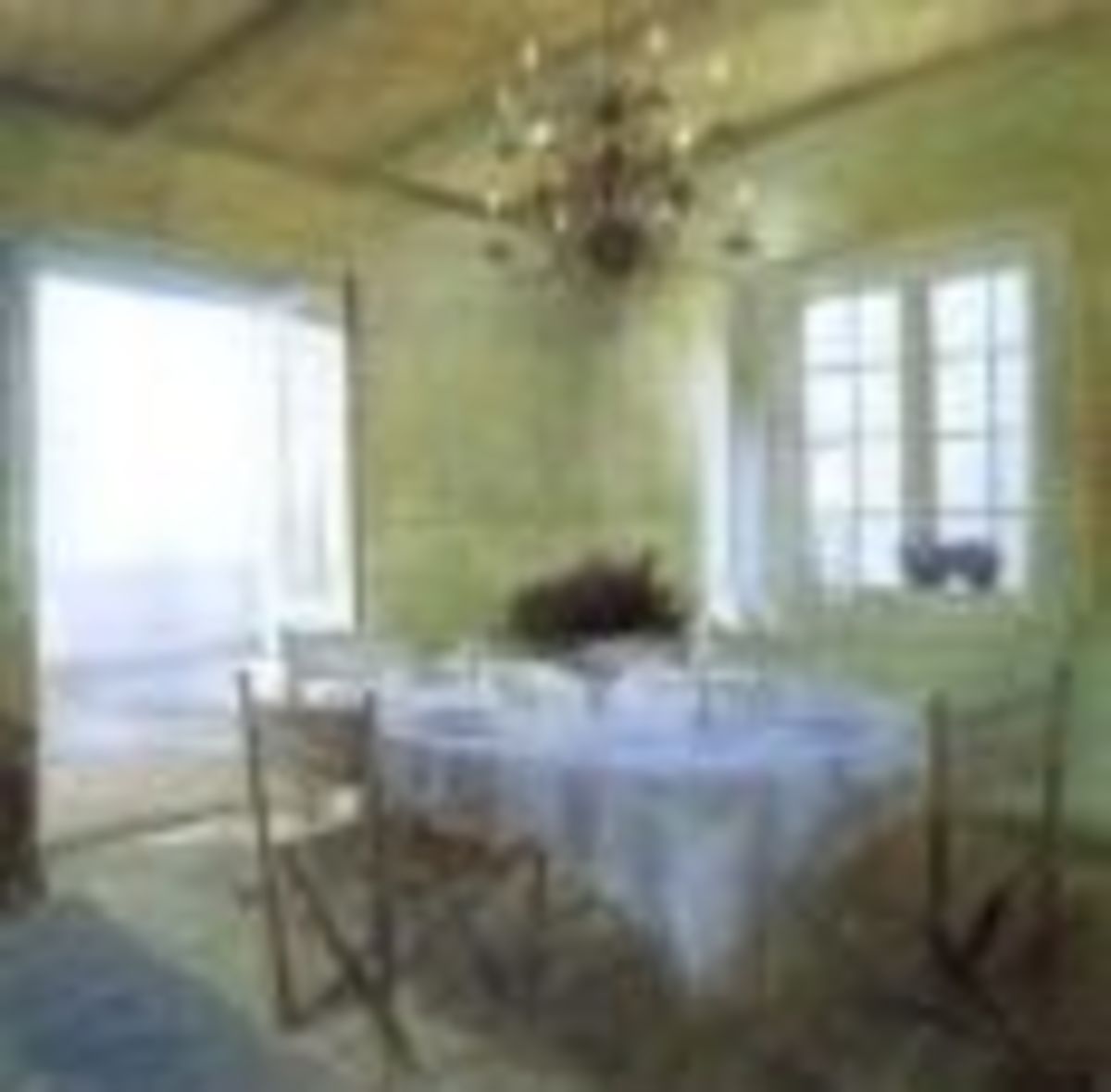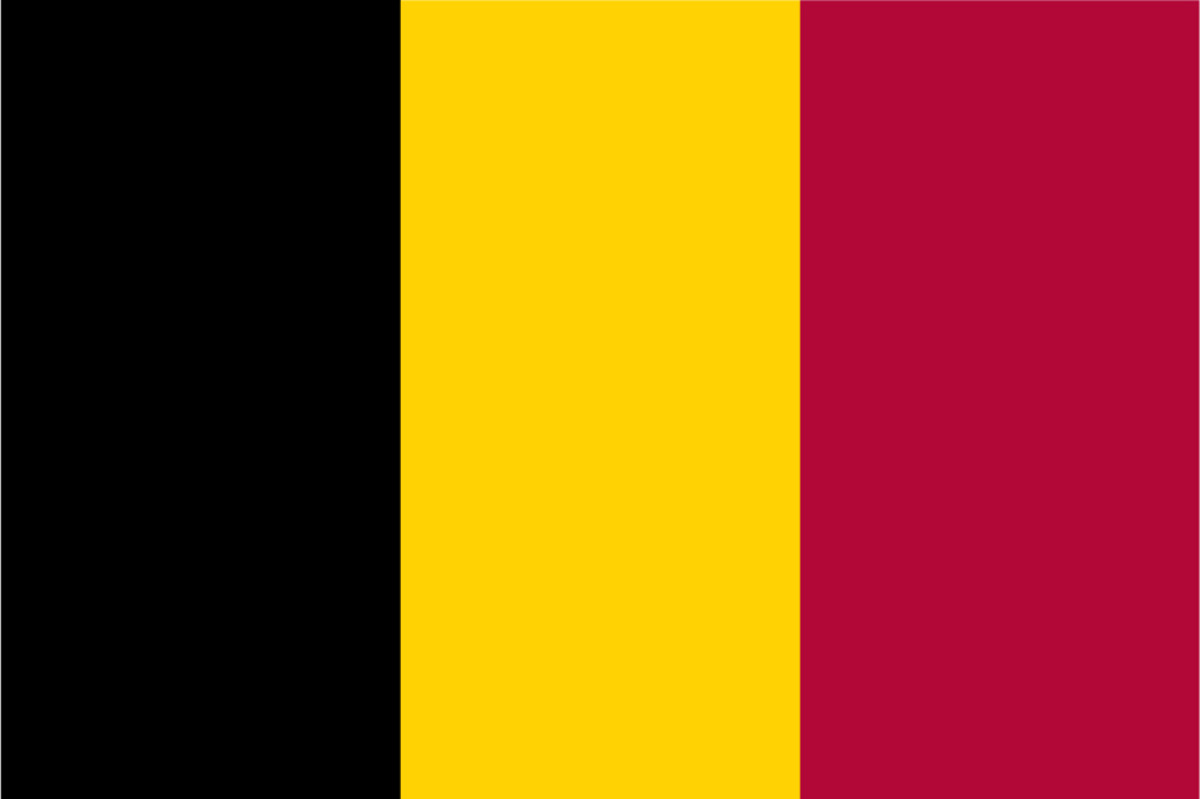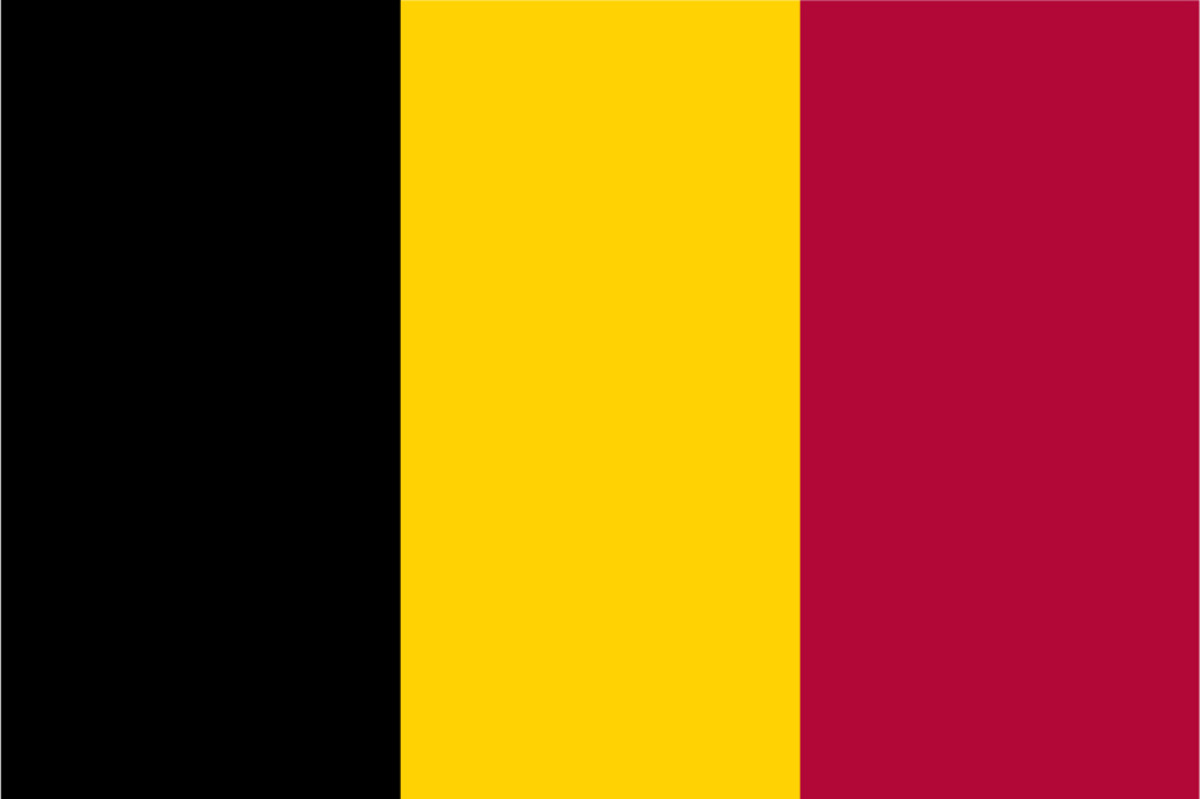Visiting Beaumont, Belgium: Curiosities Against Historical Trends at the Eglise Saint-Servais
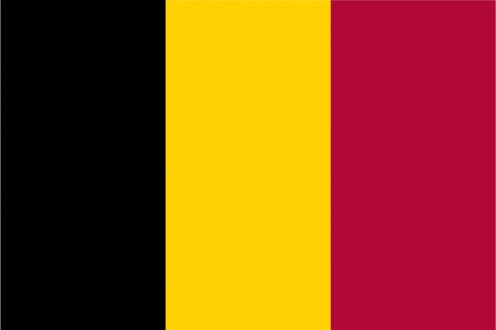
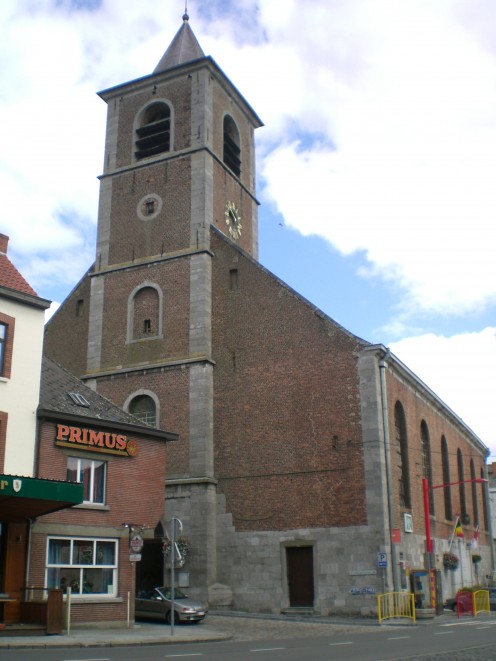
Fire and more fire
[NB: Among the many notable buildings which are the subject of the hubpages, these may include religious buildings, described as churches, etc.; these descriptions centre on the buildings' architectural and historical interest.]
Contrary to what might expect, seeing this building's tower dominate the skyline of the town of Beaumont, Hainaut, in Belgium's Walloon region (French: Région wallonne), the original Eglise Saint-Sevais (1), in the 13th century was a dependency of another church building in the small village of Solre-Saint-Géry.
It all goes to show the fluctuating nature of urban and country settlements and landscapes over the centuries.
In the 15th century, the existing building was heavily damaged by fire, and rebuilt in a style noted for its arching.
Now for another assumption, which proves not to be accurate in the case of the Eglise Saint-Servais at Beaumont.
It is well known that in France (to the border of which Beaumont is closely situated) at the French Revolution huge numbers of church buildings were damaged and destroyed during a wave of secularist militancy.
It is also well known that France's so called Sun King (French: Roi-Soleil), Louis XIV, who reigned from 1643 until 1715, was — in contrast to the French Revolutionaries of the end of the 18th century — strongly allied with the Roman Catholic Church: so strongly, in fact, that at the Revocation of the Edict of Nantes he caused the repression or exile of huge numbers of French Protestants.
However, the Eglise Saint-Servais bucked this trend, so to speak; it was actually set on fire by troops loyal to Louis X!V, partly left to ruin; and then repaired towards the end of the 18th century.
Trends which applied in France itself did not necessarily apply over the border in what were then the Austrian Netherlands, of which present day Belgium is largely comprised.
The Eglise Saint Servais as it today exists is executed in a combination of stonework and brick (2), and with several prominent Syrian arches.
February 25, 2019
Notes
(1) See also (in French): http://users.skynet.be/ra005219/eglise.htm ; http://users.skynet.be/ra005219/sources.htm
(2) Brick has long been an especially popular building material in what is now Belgium.
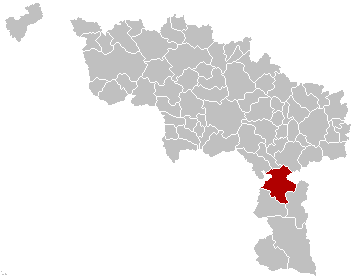
Also worth seeing
Also at Beaumont, the Salamandre Tower dates from the 10th and 12 centuries; the Caraman-Chimay castle is an 1845 reconstruction of a structure incorporating 18th century elements. Previously, a 16th century castle stood on the site. This building now houses a religious institution and is not usually open to the public.
Montignies-St.-Christophe (distance: 6.8 kilometres) has a well-preserved Gallo-Roman bridge, close to the French border.
Jeumont, France (distance: 14 kilometres); parts of its church of St. Martin (Eglise Saint-Martin) date from the 15th, 16th and 18th centuries. The Riche Institution (l'institution Riche ) is a former hospital in noted Art déco style, built in 1931.
Maubeuge, France (distance: 27 kilometres) contains the Porte de Mons (Mons Gate), as part of the extensive fortifications substantially erected by Vauban in the 17th century.
...
How to get there: Brussels Airlines flies from New York to Brussels Airport (Brussel Nationaal / Bruxelles-National ), from where car rental is available. Brussels is the nearest large airport to Beaumont (distance: 99 kilometres). Please check with the airline or your travel agent for up to date information. Please refer to appropriate consular sources for any special border crossing arrangements which may apply to citizens of certain nationalities.
MJFenn is an independent travel writer based in Ontario, Canada
Other of my hubpages may also be of interest
- Visiting Beaumont, Belgium and its Salamandre Tower: Medieval monumentality and memories
Beaumont, in the Belgian province of Hainaut, being situated near the border with France, foreign armies have come and gone for centuries. The monumental structure of the Salamandre Tower at Beaumont, has its origins in the 10th century. A... - Visiting Maubeuge, France: borderland city dominated by its fortifications
When the French engineer Vauban built its citadel fortifications for French King Louis XIV in 1680, they dominated Maubeuge. The monolithic Porte de Mons (Mons Gate) continues to be a well-preserved landmark in the town, forming part of the...
Popular
Visiting the Église Saint-Vincent: A Domed Presence Looming Over the Meuse River at Liège, Belgium, by Robert Toussaint
Visiting Vilvoorde, Belgium, and Its William Tyndale Monument: Remembering an English Bible Translator, Executed 1536
Visiting the Our River at Ouren, Belgium: Border Psychologies, the Stuff of Legends
